Raisins are a popular snack and culinary ingredient, known for their sweet and tangy flavor and chewy texture. While there are many varieties of raisins available, two prominent types that often stand out are golden raisins and green raisins. In this article, we will delve into the characteristics and culinary uses of both golden raisins and green raisins, helping readers make informed choices for their recipes or snacking preferences. Appearance and Production: Golden raisins are made from the dried Thompson seedless grape, and they have a light golden hue. The grapes are typically treated with sulfur dioxide to preserve their bright color. On the other hand, green raisins are derived from sultana grapes, which are naturally greenish-yellow in color, therefore requiring no further treatment to maintain their appearance. Flavor Profile: Golden raisins possess a mild, honey-like sweetness coupled with subtle floral notes.
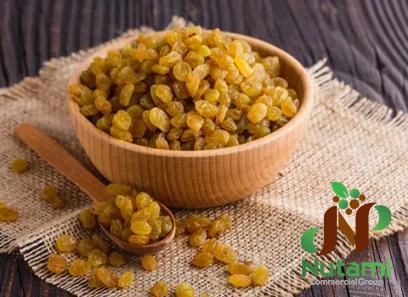
.
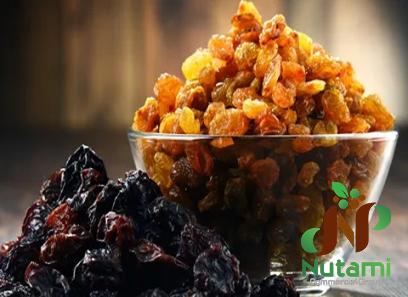 Their flavor is generally sweeter compared to green raisins, making them a popular choice for baked goods, desserts, and trail mixes. Green raisins, on the other hand, offer a tangier flavor profile, with hints of acidity and grape-like freshness. This makes them a favorable option for savory recipes, salads, and chutneys. Texture: Both golden raisins and green raisins share a chewy texture that adds depth and richness to various dishes. However, golden raisins tend to be slightly plumper and softer, while green raisins have a firmer texture with a bit more bite. This difference in texture can be an important consideration when deciding which type of raisin to use in a specific recipe. Culinary Uses: Golden Raisins: 1. Baking: Golden raisins are a popular addition to muffins, cookies, bread, and cakes, as they add a pleasant sweetness and moisture to the baked goods.
Their flavor is generally sweeter compared to green raisins, making them a popular choice for baked goods, desserts, and trail mixes. Green raisins, on the other hand, offer a tangier flavor profile, with hints of acidity and grape-like freshness. This makes them a favorable option for savory recipes, salads, and chutneys. Texture: Both golden raisins and green raisins share a chewy texture that adds depth and richness to various dishes. However, golden raisins tend to be slightly plumper and softer, while green raisins have a firmer texture with a bit more bite. This difference in texture can be an important consideration when deciding which type of raisin to use in a specific recipe. Culinary Uses: Golden Raisins: 1. Baking: Golden raisins are a popular addition to muffins, cookies, bread, and cakes, as they add a pleasant sweetness and moisture to the baked goods.
..
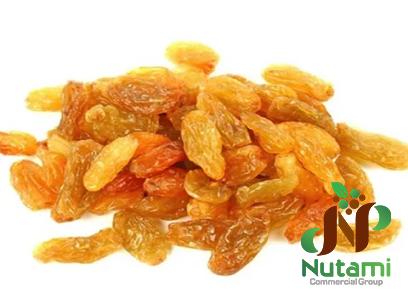 2. Middle Eastern Cuisine: Golden raisins are widely used in Middle Eastern dishes such as pilafs, couscous, and tagines, where they provide a unique touch of sweetness and texture. 3. Trail Mixes: Their mild sweetness and soft texture make golden raisins an ideal ingredient for various trail mixes, adding a burst of flavor and chewiness. Green Raisins: 1. Salads: The tangy flavor of green raisins complements salads, particularly those with citrus-based dressings or savory components like nuts and cheese. 2. Chutneys and Relishes: The bright acidity of green raisins enhances chutneys and relishes, adding a refreshing element to balance out the flavors.
2. Middle Eastern Cuisine: Golden raisins are widely used in Middle Eastern dishes such as pilafs, couscous, and tagines, where they provide a unique touch of sweetness and texture. 3. Trail Mixes: Their mild sweetness and soft texture make golden raisins an ideal ingredient for various trail mixes, adding a burst of flavor and chewiness. Green Raisins: 1. Salads: The tangy flavor of green raisins complements salads, particularly those with citrus-based dressings or savory components like nuts and cheese. 2. Chutneys and Relishes: The bright acidity of green raisins enhances chutneys and relishes, adding a refreshing element to balance out the flavors.
…
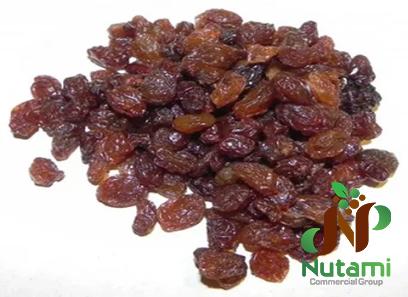 3. Cheese Pairing: Green raisins are often paired with an assortment of cheeses, as their tartness complements the richness of the cheese, creating a harmonious balance. Conclusion: While both golden raisins and green raisins have their distinctive qualities, their nuanced flavors and textures make them suitable for different culinary applications. Golden raisins excel in baking and sweet recipes, while green raisins are best suited for savory dishes. By understanding the characteristics and culinary uses of these two types of raisins, you can elevate your recipes, adding depth and complexity to your meals or snacks.
3. Cheese Pairing: Green raisins are often paired with an assortment of cheeses, as their tartness complements the richness of the cheese, creating a harmonious balance. Conclusion: While both golden raisins and green raisins have their distinctive qualities, their nuanced flavors and textures make them suitable for different culinary applications. Golden raisins excel in baking and sweet recipes, while green raisins are best suited for savory dishes. By understanding the characteristics and culinary uses of these two types of raisins, you can elevate your recipes, adding depth and complexity to your meals or snacks.

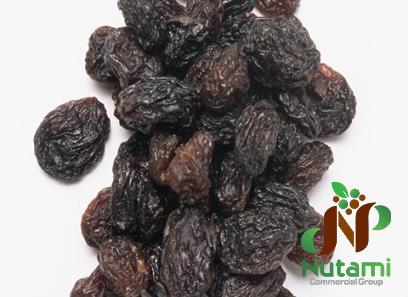
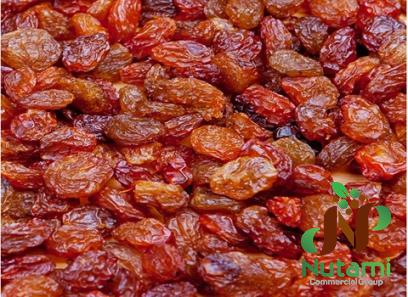

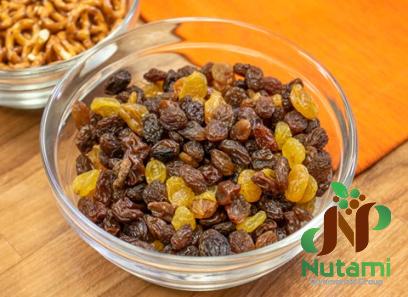
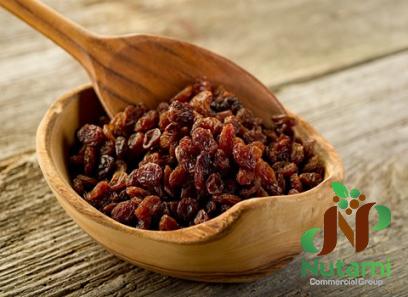
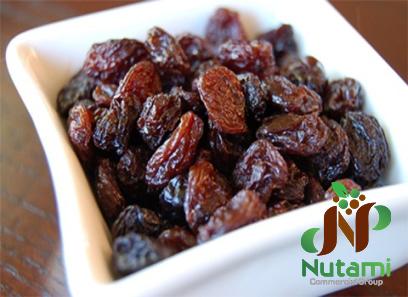
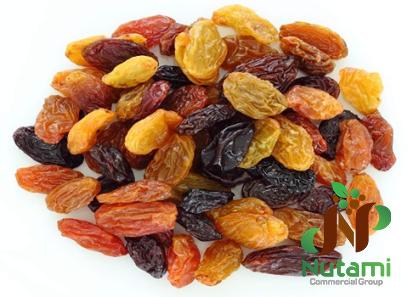
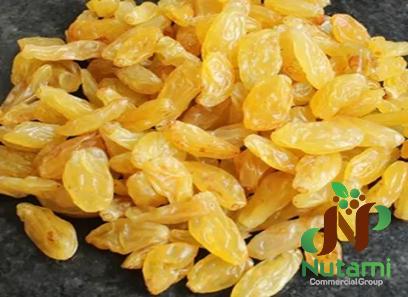
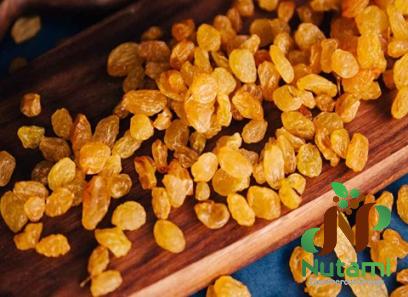

Your comment submitted.